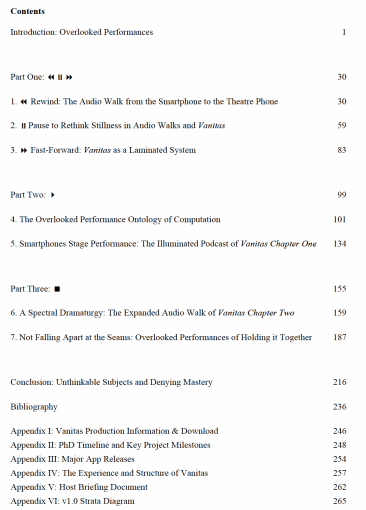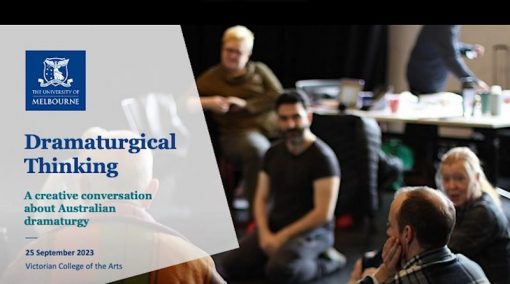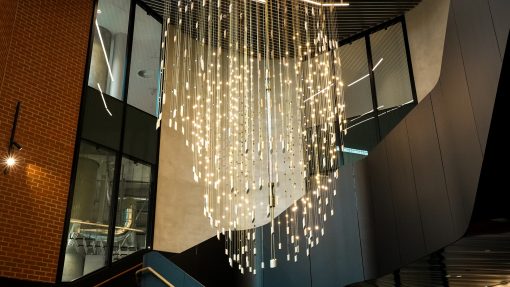Research Projects
I research performance and creative practices in proximity to ancient and emerging technologies.
Currently I am working with the Stone Swarm team and on projects relating to Child of Now and The Heart.
I have a developed an interest in computing and performance that underpins my creative work and collaborations.
On this page you can access some of my published academic research.
Robert Walton is currently Dean’s Research Fellow in The Faculty of Fine Arts and Music at The University of Melbourne where he leads the creation of performances and artworks that explore the expressive potential of ancient and emerging technologies including, artificial intelligence, theatre, virtual holograms, swarm robotics, standing stones, engineered bacterial bioluminescence, ritual, MR/XR, storytelling, building information model data, and ambient computing.
Featured Writing
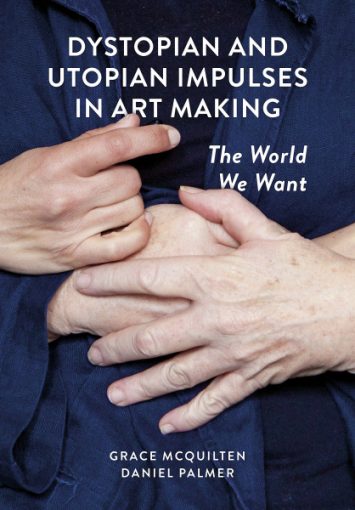
Beyond the Dystopia-in-Progress: Rehearsing an Indigenized Future ‘Australia’ through Public Art
By Robert E Walton and Claire G Coleman
In this chapter Claire and I write from the creative process of our interdisciplinary public artwork Child of Now. We reflect on what it means for us to meaningfully collaborate and to invite others into the project. We contemplate how we can use public art to indigenise Australia as we simultaneously reimagine the next century in light of the climate emergency. We discuss how to avoid the racism of previous colonial archival projects and outline a vision for radical inclusion. This is a close as we have come to a written manifesto for the project, and draw upon other manifestos and utopian visions to arrive at ours.
Published in: Dystopian and Utopian Impulses in Art Making: The World We Want edited by Daniel Palmer and Grace McQuilten, Intellect, 2023
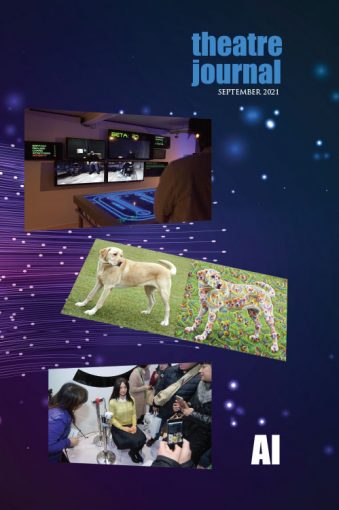
Theatres of artificial intelligence and the overlooked performances of computing
By Robert E Walton
The term performance is used liberally in the computing and artificial intelligence (AI) literature, yet it is frequently deemed of a different order to the performances studied by theatre and performance studies and is therefore overlooked. This essay engages with these overlooked performances by considering three technological contexts that prompted creators and critics of computing to reach for the term: 1) Alan Turing’s invention of the universal computing machine, where “machines perform computers”; 2) Alan Kay’s invention of software as a meta-medium where “software performs media”; and 3) Brenda Laurel’s articulation of computers as theatre where “machines, computers, software and humans collaborate to perform interfaces.” These examples establish a milieu of performance within which AI is staged. Grounded within the author’s theatre practice employing mobile computing in site-responsive performance, the essay draws on observation of audiences’ capacity to overlook their own participation in algorithmic rituals that perpetuate both the event and its “artificial,” virtual characters. This prompts a dialogue with Lucy Suchman on the difference between plans and their execution as “situated actions,” and with Wendy Chun on the performance ontology of habit in new media, AI, machine learning, and “big data.” The essay provides entry points for discussing computing and AI in and as performance, and considers the differences that theatre and performance can make to understandings of computing and AI in practice and theory.
Published in: Theatre Journal, vol.73, no.3, 2021, pp. 279-298.
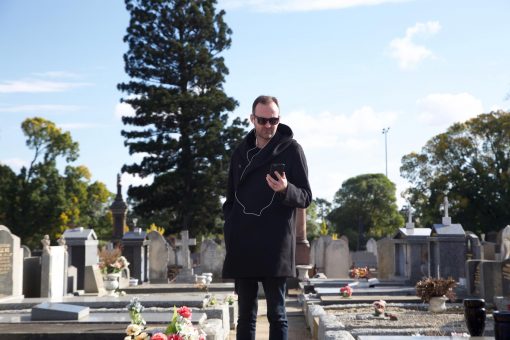 PhD
PhD
Overlooked performances: mobile computing, site-responsive arts practice and the spectral dramaturgy of Vanitas
By Robert E Walton
Supervisors: Paul Rae, Zachary Dunbar.
PhD Thesis Available from University of Melbourne. Awarded 2020.
This practice-led research project uses observations from the creation of Vanitas, an ‘artwork for smartphones and cemeteries’, to establish a critical framework for discussing the impact of mobile computing on site-responsive arts practices, and by extension, everyday experiences of outdoor locations. This is achieved through the examination of overlooked performances which extend from the performance ontology of computation to human practices perpetuating seamlessness in mixed-reality artworks. By investigating how performances are created and experienced when live-action events within a site-responsive performance are combined with smartphones (mobile computing devices) and electronic messaging (email, telephony, SMS, and in-app messaging controlled by transmedia networked communication systems), the research addresses in microcosm the complex impact of mobile computing on what David Berry terms a “softwarized society”.
The three parts of this thesis, and the artwork Vanitas, employ contrasting approaches to overlooked performances in mobile computing and site-responsive performance. Part One takes a high-level systems approach to key reference artworks and presents ways to identify their common features and contrast them with Vanitas. Part Two takes a ‘low-level’ immanent approach to the history of smartphone technology to identify the ‘overlooked performance ontology of computation’ and applies this to the ‘illuminated podcast’ mode of Vanitas Chapter One. Part Three employs an exegetical method of ‘spectral dramaturgical writing’ to incorporate the complex range of voices present in the walk through Melbourne General Cemetery with Vanitas Chapter Two.
By employing a hybrid practice-led research methodology that combines the realisation of Vanitas (30%) with a written thesis (70%) this PhD provides a positive contribution to the growing creative and critical response to the impact of mobile computing on performance practice, digital media and death. It proposes a number of critical concepts such as ‘overlooked performances’, the ‘ideology of seamlessness’, ‘spectral dramaturgy’ and via the ‘overlooked performance ontology of computation’ provides a way reconsider digital data, media, software and interface from within an immanent performance paradigm.
Chancellor’s Prize
My PhD won The Chancellor’s Prize for Excellence in 2021. This prestigious prize is awarded to the best PhD in my category of Social Sciences, Humanities, Arts, Law, and Fine Arts at The University of Melbourne.
Webby Award
Vanitas, the creative component of the PhD was nominated for Best Mobile App – Art & Experimental Category at the 2018 Webby Awards, ‘The Oscars of the Internet’.
Greenroom Awards
Vanitas was nominated for Best Production and Innovation in Site Responsive Performance at the 2019 Greenroom awards.
Selected Writing
Dramaturgical Thinking: A Creative Conversation About Australian Dramaturgy
By Robert Ellis Walton and Alyson Campbell
Critical Stages 28, December 2023
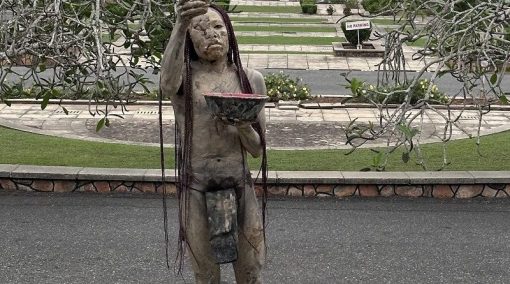
Stilled Tongues: Performance Protests Silence Surrounding Ghana’s anti-LGBTQ+ Bill
By Robert Walton
Critical Stages 28, December 2023
Review: Mis-sing Reality—The Beast unleashed by Va-Bene Elikem Fiatsi (aka crazinisT artisT). A performance intervention at the Closing Ceremony of the International Federation of Theatre Research, 28 July 2023, The Great Hall, University of Accra, Ghana.
Did That Stone Move? Staging stone swarms in galleries and virtual reality
By Elena Vella, Daniel Williams, Aleks Michalewicz, Airlie Chapman, and Robert Walton
This paper presents the development of a forthcoming interactive multimedia gallery installation, Sacrifice. We introduce the rationale to examine relationships with the human audiences and a swarm of ground robots, through collective movement to engage with audience members. In global collaboration with archaeological researchers and cultural custodians, we have developed photogrammetric models of monoliths to disguise the ground robots. We explain our tandem virtual/actual reality workflow and how it has influenced the evolution of the exhibition concept and may have benefits for practice led design on interdisciplinary projects. We anticipate that the juxtaposition of ancient stonecraft with modern robotic control technologies will provoke a wider discussion about the future of human-robot collaboration in society.
Published in Electronic Workshops in Computing 2022
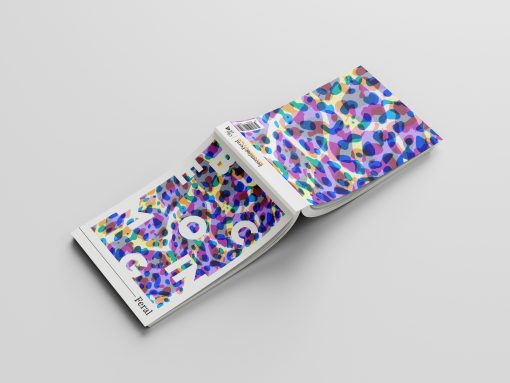 Blackbird: Turdus merula merula
Blackbird: Turdus merula merula
By Robert E Walton
Published in Becoming Feral. Edited by Josh Armstrong, Alexandra Lakind, Chessa Adsit-Morris and Rebekka Sæter, Objet-a 2022.
Field Work: Locating Site is Set
By Robert E Walton
Published in No Acting, No Admin: Ten Years of Experimentation. Edited by Field Theory, Field Theory, 2019
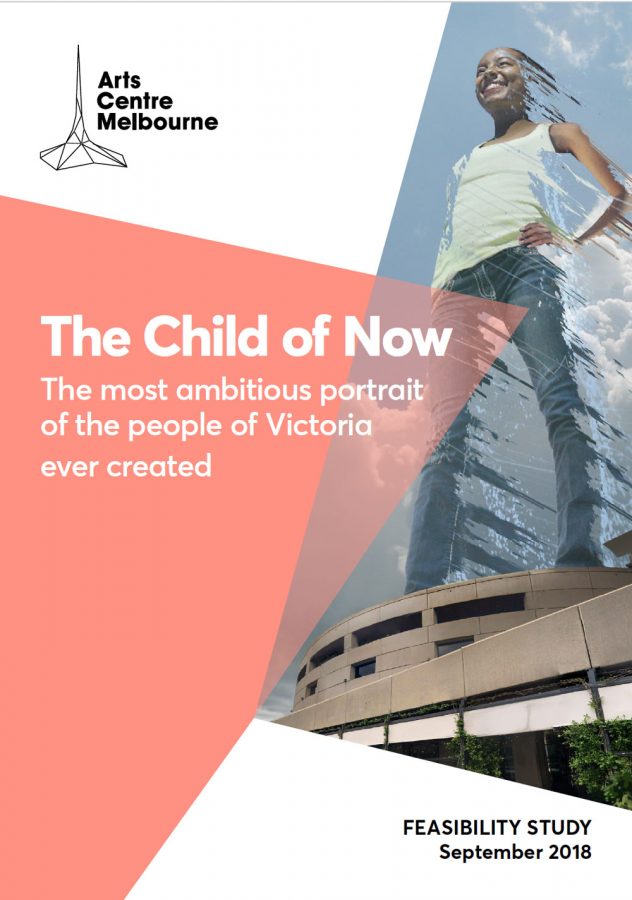 The Child of Now: The Most Ambitious Portrait of the People of Victoria Ever Created: Feasibility Study
The Child of Now: The Most Ambitious Portrait of the People of Victoria Ever Created: Feasibility Study
By Robert Walton, Chris Clark, Angharad Wynne-Jones, Claire G Coleman, Gendry Morales.
Published by Arts Centre Melbourne, 2019. Available by request only.
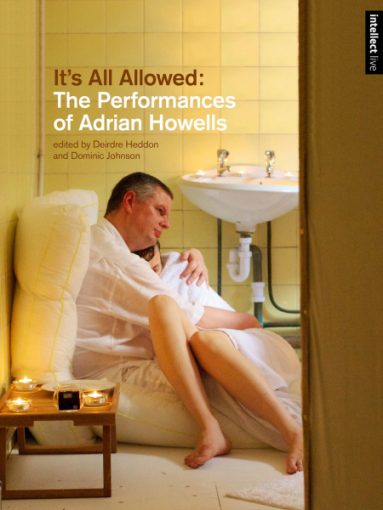 The Pedagogy of Adrian Howells
The Pedagogy of Adrian Howells
By Robert E Walton
Published in It’s All Allowed: The Performances of Adrian Howells, edited by Dee Heddon and Dominic Johnson, Intellect Books, 2016.
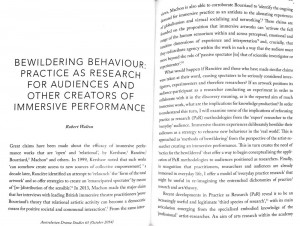 Bewildering Behaviour: The everyday practice of resistance in the making, theorization and experience of immersive performance.
Bewildering Behaviour: The everyday practice of resistance in the making, theorization and experience of immersive performance.
By Robert E Walton
Published in Australasian Drama Studies, vol. 65, October 2014
